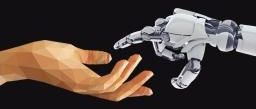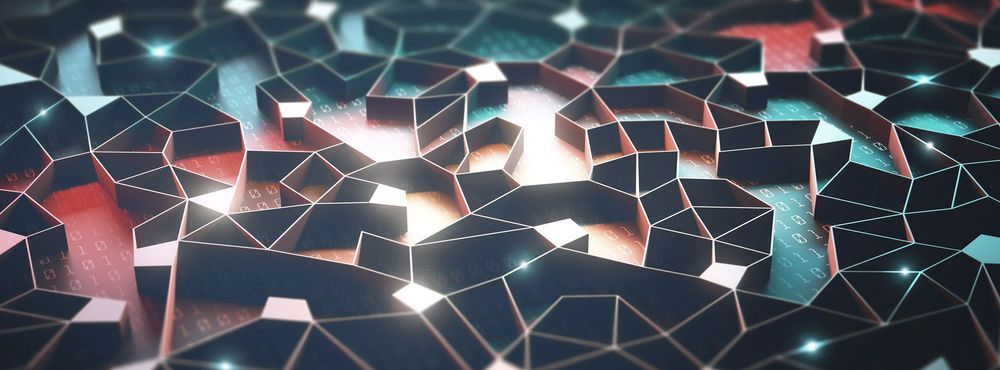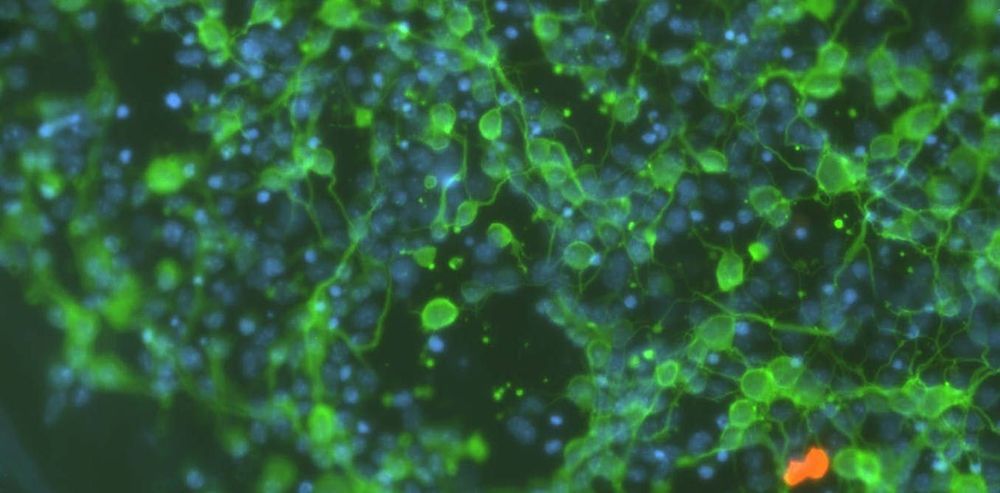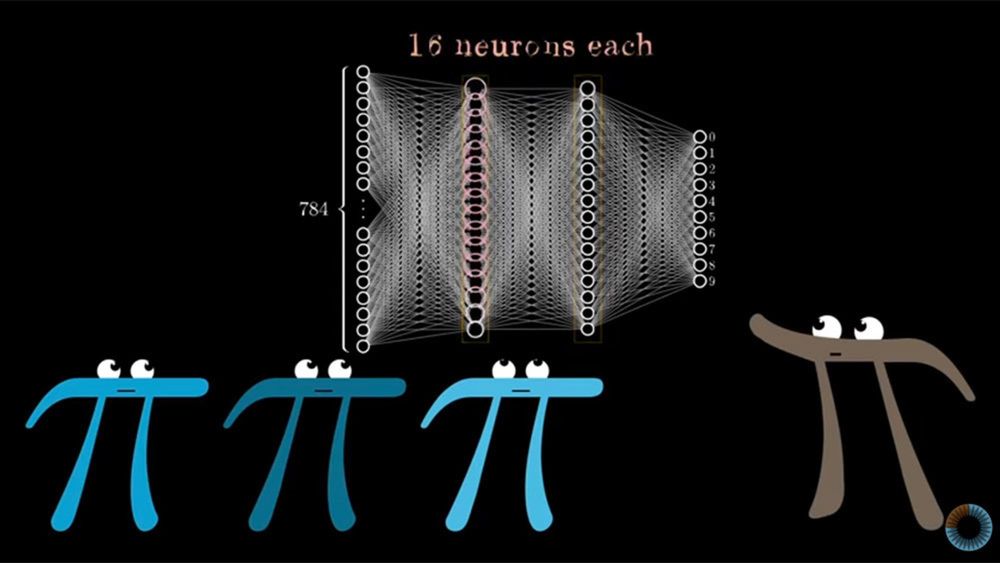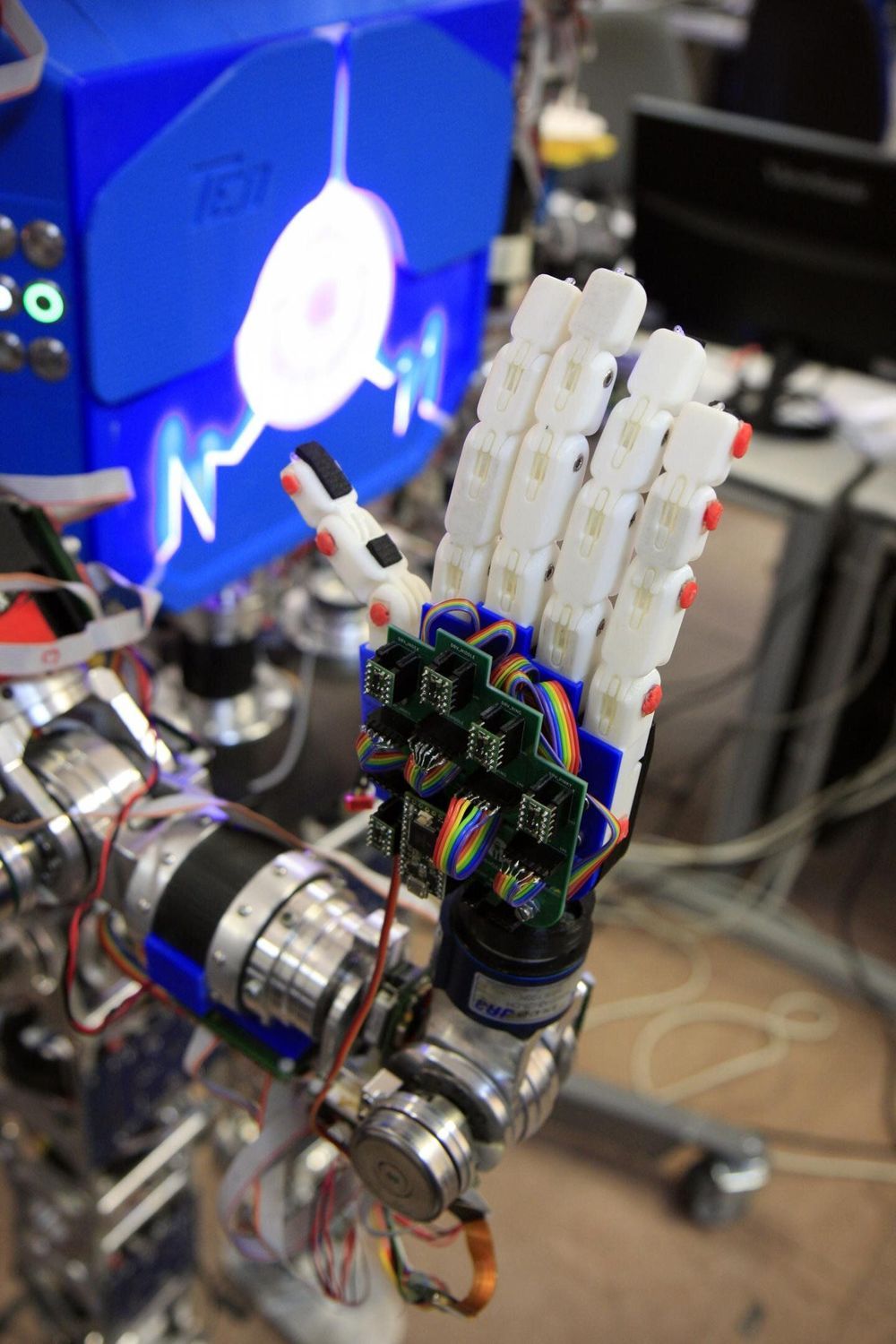This video was made possible by Skillshare. Be one of the first 500 people to sign up with this link and get your first 2 months of premium subscription for FREE! http://skl.sh/Singularity
In the last video in this series we discussed the ancient origins of artificial intelligence progressing forward to the beginnings of the development of modern computing based artificial intelligence, encompassing the philosophies, theories and inventions of many talented individuals and groups.
The focus of this video will continue right were the last one left off, so sit back, relax and join me on an exploration on the official birth of modern artificial intelligence leading to present day!
Thank you to the patron(s) who supported this video ➤
Wyldn pearson collin R terrell kiyoshi matsutsuyu
Subscribe ➤ http://subscribe.singularityprosperity.com/youtube
